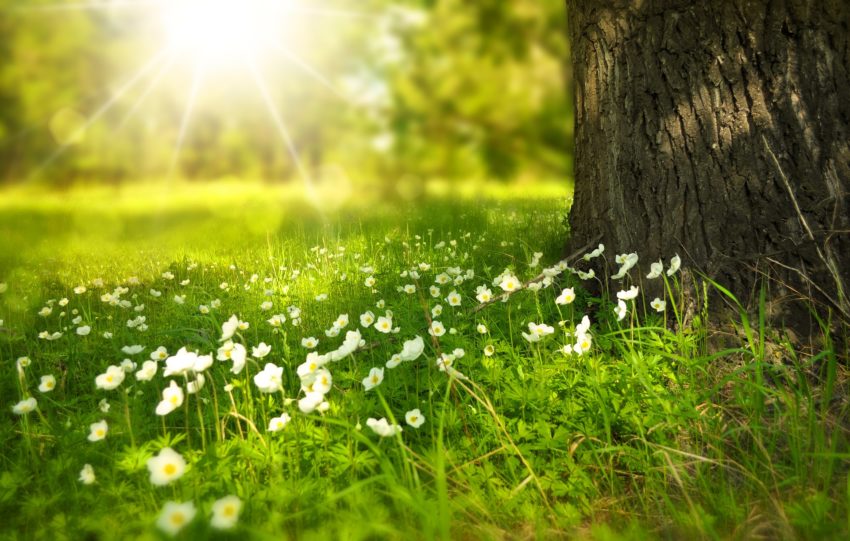
Homeowners often search for the perfect addition to their lawn when they have a new house built, are moving to a new house, or want a more excellent landscape design for their home. Most often, a homeowner will want at least one flowering tree for interest in their design, states Dennis Sons of Tn Nursery.
Wild Plum Trees are Birds and Squirrels Delight
The botanical name for a wild plum tree is Prunus americana, and it is often called by different names, such as the American plum or Marshall’s yellow sweet plum. This tree is a small single trunk tree, or it can be trimmed with multi-stems to be a shrub. It grows about 10 to 20 feet tall and has a pretty broad spreading crown. It’s deciduous, meaning it loses its leaves in the fall. It grows well in all types of soil, from full sun to partial shade. In early spring, it sprouts delicate white blooms with a yellow center that turns into edible fruit by late summer or early fall. The fruit is often used to make jellies and jams, eaten fresh or dried like a prune. The wild plum tree attracts pollinators, such as bees and butterflies, to the blooms, and a large crown is an excellent place for birds to make a nest.

Tulip Tree – A Fast Growing Tree Species of Popular Genus
The tulip tree or Liriodendron tulipifera is also called a tulip poplar, a yellow poplar, and a tulip poplar. This is one of the giant trees in North America that is native to the USA. It has tulip-shaped flowers that are pretty large and showy in a goblet shape. The blooms are orange, yellow, and greenish, and they appear in the last spring after the dark green leaves have sprouted. The leaves are cone-like clusters that sit upright on the tree branches. The yellow-golden color makes this tree very noticeable in the fall as the blooms are very long-lasting. It is a deciduous tree and loses its leaves in the fall. You need quite a bit of room for this large tree as it can grow from 70 to 90 feet tall and 30 to 50 feet wide. It grows well in full sun as well as partial shade. The tulip tree attracts pollinators, sapsuckers, songbirds, and small mammals. The tulip tree is highly susceptible to ice damage.

Dogwood Trees – Flowering Spring Favorites
The dogwood tree is well adapted to life in the United States. It belongs to the genus Cornus and has 50 different species. Dogwood trees may vary from deciduous shrubs to evergreen trees. The flowering dogwood has light yellow to white blooms that cover the tree prolifically in spring. Other species may have yellowish-green blooms and produce a fruit that turns black when it’s ripe. The dogwood will not grow well in arid and semi-arid climates unless you give it extra water and irrigation. It also won’t grow well in an area that stays saturated. A homeowner’s landscape is the perfect place for a flowering dogwood so you can rinse it as needed along with your lawn. Depending on the exact species of dogwood you purchase, it can be a short and stout bush or a 25-foot tall tree. The trees grow at a medium rate, between 13 and 24 inches per year. A mature dogwood with plenty of room to grow can reach up to 40 feet in height.
